Jupiter’s hotter-than-expected upper atmosphere may be caused by high-speed charged particles slamming into the air high above the poles.



In a significant achievement, physicists have produced a two-dimensional supersolid in the lab for the first time.
That may sound incredibly mind-bendy, but it’s a feat researchers have been working towards for more than 50 years. Supersolids are strange materials with atoms arranged in the ordered structure of a solid, yet they can flow without friction, just like a superfluid.
Two years ago, physicists successfully created supersolids using ultra-cold magnetic atoms… but only in one-dimension. Now, a team of Austrian researchers has managed to create the crystal-like structure in 2D for the first time; the result will allow physicists to test and experiment with some of the weirdest materials-science phenomena out there.

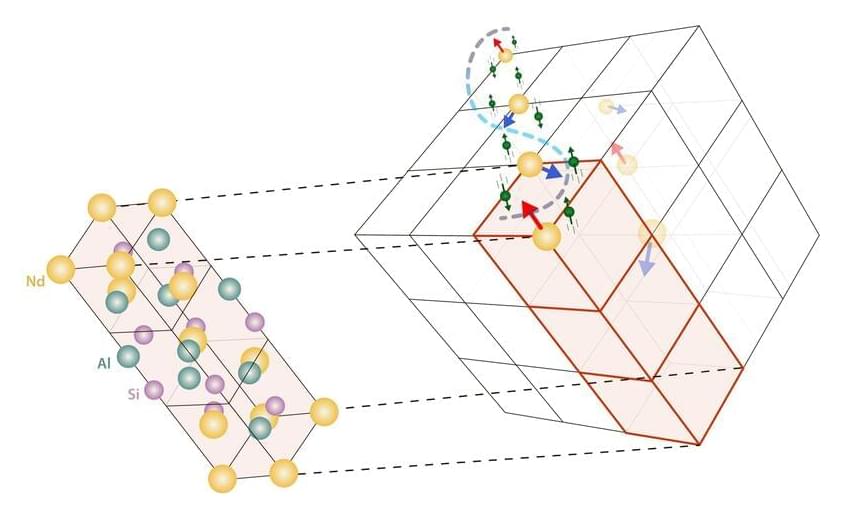
An exotic form of magnetism has been discovered and linked to an equally exotic type of electrons, according to scientists who analyzed a new crystal in which they appear at the National Institute of Standards and Technology (NIST). The magnetism is created and protected by the crystal’s unique electronic structure, offering a mechanism that might be exploited for fast, robust information storage devices.
The newly invented material has an unusual structure that conducts electricity but makes the flowing electrons behave as massless particles, whose magnetism is linked to the direction of their motion. In other materials, such Weyl electrons have elicited new behaviors related to electrical conductivity. In this case, however, the electrons promote the spontaneous formation of a magnetic spiral.
“Our research shows a rare example of these particles driving collective magnetism,” said Collin Broholm, a physicist at Johns Hopkins University who led the experimental work at the NIST Center for Neutron Research (NCNR). “Our experiment illustrates a unique form of magnetism that can arise from Weyl electrons.”

A new project will use the electric field in an accelerator cavity to try to levitate a tiny metallic particle, allowing it to store quantum information.
Quantum computing could solve problems that are difficult for traditional computer systems. It may seem like magic. One step toward achieving quantum computing even resembles a magician’s trick: levitation. A new project at the U.S. Department of Energy’s Thomas Jefferson National Accelerator Facility will attempt this trick by levitating a microscopic particle in a superconducting radiofrequency (SRF) cavity to observe quantum phenomena.
Typically at Jefferson Lab and other particle accelerator facilities, SRF cavities enable studies of the atom.
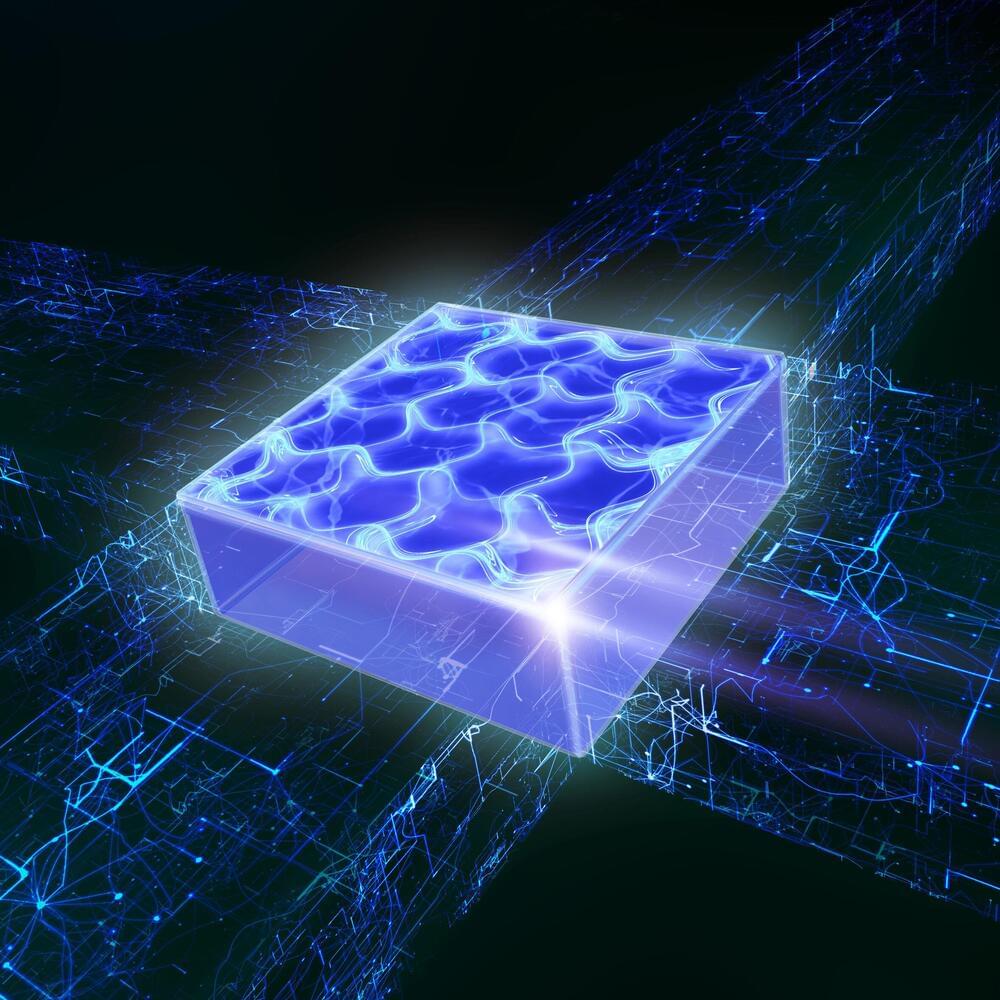
Quantum matter can be solid and fluid at the same time—a situation known as supersolidity. Researchers led by Francesca Ferlaino have now created for the first time this fascinating property along two dimensions. They now report in the journal Nature on the realization of supersolidity along two axes of an ultracold quantum gas. The experiment offers many possibilities for further investigation of this exotic state of matter.
Quantum gases are very well suited for investigating the microscopic consequences of interactions in matter. Today, scientists can precisely control individual particles in extremely cooled gas clouds in the laboratory, revealing phenomena that cannot be observed in the every-day world. For example, the individual atoms in a Bose-Einstein condensate are completely delocalized. This means that the same atom exists at each point within the condensate at any given time. Two years ago, the research group led by Francesca Ferlaino from the Department of Experimental Physics at the University of Innsbruck and the Institute of Quantum Optics and Quantum Information at the Austrian Academy of Sciences in Innsbruck managed for the first time to generate supersolid states in ultracold quantum gases of magnetic atoms. The magnetic interaction causes the atoms to self-organize into droplets and arrange themselves in a regular pattern.
“Normally, you would think that each atom would be found in a specific droplet, with no way to get between them,” says Matthew Norcia of Francesca Ferlaino’s team. “However, in the supersolid state, each particle is delocalized across all the droplets, existing simultaneously in each droplet. So basically, you have a system with a series of high-density regions (the droplets) that all share the same delocalized atoms.” This bizarre formation enables effects such as frictionless flow despite the presence of spatial order (superfluidity).
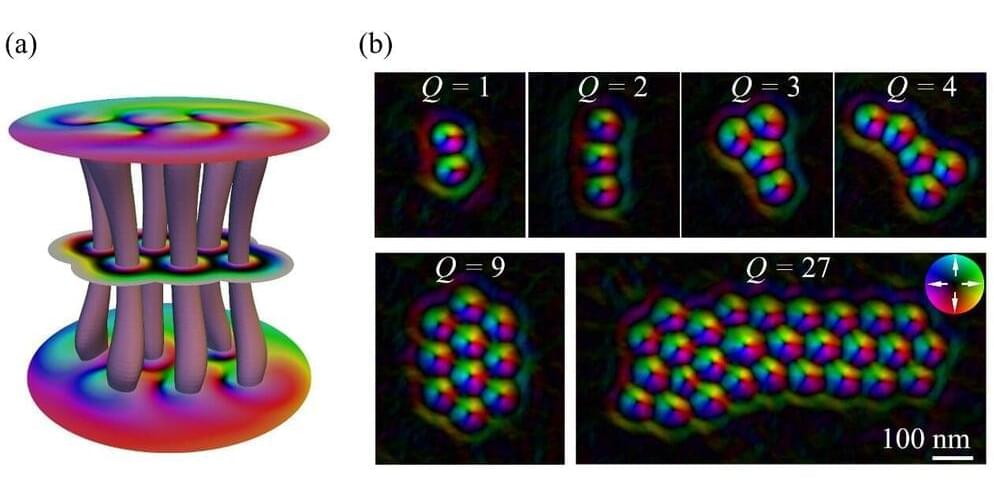
In a study recently published in Nature Nanotechnology, a research group led by Prof. Du Haifeng and Dr. Tang Jin from High Magnetic Field Laboratory, Hefei Institutes of Physical Science (HFIPS), reported a scientific breakthrough after they found skyrmion bundles, a new family member of topological magnetic structures.
With the help of Lorentz transmission electron microscopy (Lorentz-TEM), the research group clarified, for the first time, a type of magnetic quasiparticles with arbitrary topological charges Q, and then further realized current driven dynamic motion of skyrmion bundles.
Skyrmion, a vortex-like localized chiral topological magnetic structure, has a potential to be the information carrier applied in future high-performance spintronic devices. The topological charge is a fundamental parameter of magnetic domains and determines their topology-related properties. Among the topological structures including skyrmions, merons, vortex, and skyrmion bubbles, the topological charges are both one or smaller than one. Although theory has proposed “skyrmion bags” and “high-order skyrmions” as multi-Q topological magnetic structures, their experimental observations remain elusive.
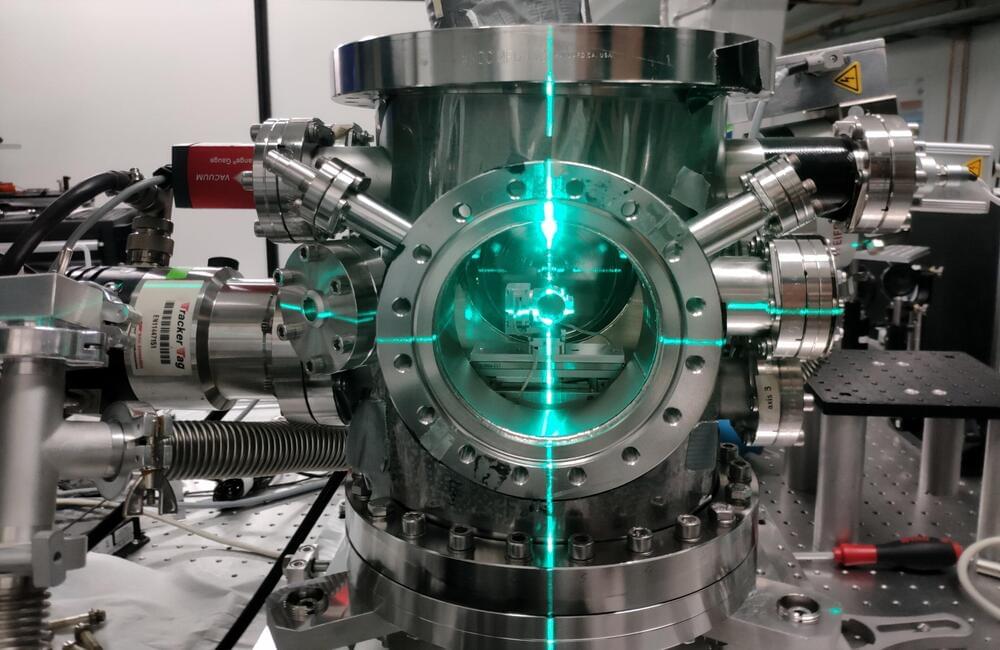
Scientists at DESY have built a compact electron camera that can capture the inner, ultrafast dynamics of matter. The system shoots short bunches of electrons at a sample to take snapshots of its current inner structure. It is the first such electron diffractometer that uses Terahertz radiation for pulse compression. The developer team around DESY scientists Dongfang Zhang and Franz Kärtner from the Center for Free-Electron Laser Science CFEL validated their Terahertz-enhanced ultrafast electron diffractometer with the investigation of a silicon sample and present their work in the first issue of the journal Ultrafast Science, a new title in the Science group of scientific journals.
Electron diffraction is one way to investigate the inner structure of matter. However, it does not image the structure directly. Instead, when the electrons hit or traverse a solid sample, they are deflected in a systematic way by the electrons in the solid’s inner lattice. From the pattern of this diffraction, recorded on a detector, the internal lattice structure of the solid can be calculated. To detect dynamic changes in this inner structure, short bunches of sufficiently bright electrons have to be used. “The shorter the bunch, the faster the exposure time,” says Zhang, who is now a professor at Shanghai Jiao Tong University. “Typically, ultrafast electron diffraction (UED) uses bunch lengths, or exposure times, of some 100 femtoseconds, which is 0.1 trillionths of a second.”
Such short electron bunches can be routinely produced with high quality by state-of-the-art particle accelerators. However, these machines are often large and bulky, partly due to the radio frequency radiation used to power them, which operates in the Gigahertz band. The wavelength of the radiation sets the size for the whole device. The DESY team is now using Terahertz radiation instead with roughly a hundred times shorter wavelengths. “This basically means, the accelerator components, here a bunch compressor, can be a hundred times smaller, too,” explains Kärtner, who is also a professor and a member of the cluster of excellence “CUI: Advanced Imaging of Matter” at the University of Hamburg.
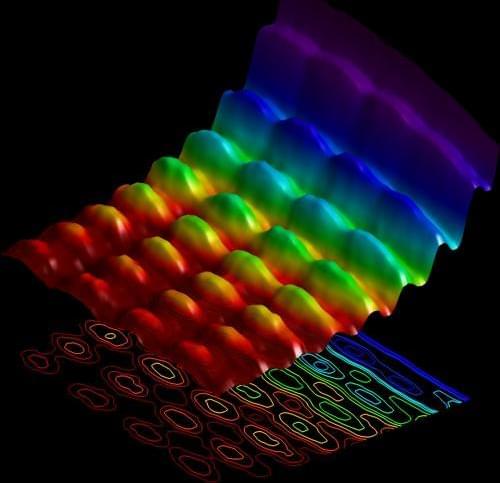
Nobel laureate Steven Weinberg was one of the world’s foremost theoretical physicists and a passionate advocate for science. Among his many influential contributions is the co-discovery of the electroweak theory that unifies electromagnetism and the weak nuclear force, a central pillar in the Standard Model of Particle Physics. Join Brian Greene and physicist John Preskill as they pay tribute to Steven Weinberg and his profound contributions to science.
This program is part of the Big Ideas Series, made possible with support from the John Templeton Foundation.